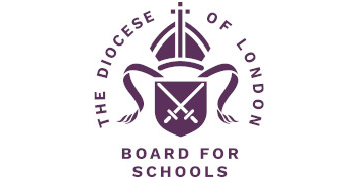Targeted information campaigns aimed at boosting parents’ understanding of progress 8 could help narrow the attainment gap, a study has suggested.
Analysis by the Institute for Fiscal Studies, published today, found parents do not consistently apply to their “most effective” school (the one with the best progress 8 score).
However, the parents of better-off pupils are much more likely to apply for a school with a high progress 8 score, compared to the family of poorer pupils.
Progress 8 is a performance measure for secondary schools that awards them a school based on improvements between pupils’ key stage 2 SATs results and their performance in certain GCSE qualifications.
Dr Jack Britton, associate director at the Institute for Fiscal Studies and an author of the study, said the “results suggest that students from poorer backgrounds could potentially access more effective schools if parental application patterns were to change, suggesting it is an area that is ripe for policy attention”.
If the application gap difference is down to parents lacking awareness of progress 8, then a “targeted information campaign” could help.
Such schemes to influence parents’ application patterns “could be an effective area to target for policymakers intending to narrow gaps in GCSE attainment”, the report added. The secondary school attainment gap is the widest in 10 years.
Poorer parents tend to apply to below-average schools
The study, funded by the Nuffield Foundation, saw researchers from the IFS, the University of California and the University of York analyse data from secondary school applications in 2014.
The best school within reach of poorer pupils and the best-off pupils performed similarly. But richer pupils – in the top fifth by socio-economic status – on average stated a preference for a school two-thirds of the way up the value-added distribution.
The least affluent tended to put schools that performed below the average on this measure as their first choice.
However, there were caveats.
Poorer parents “may be strategically (or pragmatically) not applying to certain schools due to limited available slots on their application form, knowing that their chances of securing admission to the most effective school in the area are very low”.
If this was the case, then admission reforms to “encourage more ambitious application behaviour” may be required.
However if the gap can be explained by parents prioritising close proximity over school effectiveness, then “only policies focused on improving less well-performing schools are likely to work”, researchers said.
The report also found, more generally, that progress 8 was a “reliable measure of school effectiveness”, adding that calls to reform or replace it are “weak”.















Could it be that poorer parents tend to apply to less effective schools because those are often the closest neighbourhood schools? Aspiring parents are willing for their children to travel further to get to the good school across town.
Maybe not a great time to start promoting awareness of Progress 8 because the current Years 10 and 9 do not have KS2 SATs results. This means that it will be impossible to calculate Progress 8 for them in a consistent way. This will probably lead to something other than Progress 8 being used just at a time that an awareness campaign would be prompting people to take notice of it. Surely that would lead to confusion.